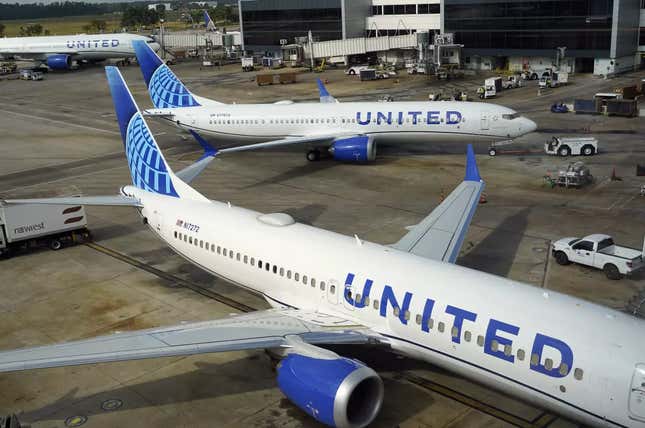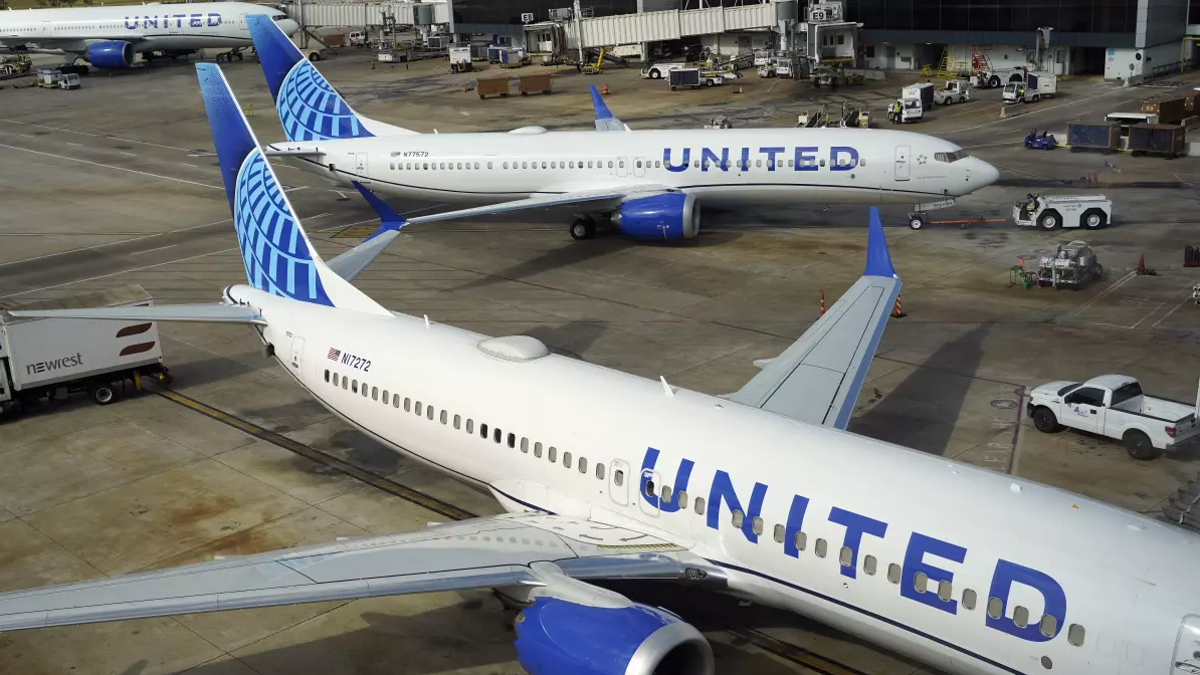
Following the Alaska Airlines door plug blowout last week, airlines have launched independent probes into the airworthiness of their Boeing 737 Max 9 airframes. Investigation into the cause of Friday’s catastrophic failure unveiled the possibility of loose hardware allowing the door plug to become dislodged, shifting upward and disengaging the twelve “stops” intended to keep the airborne human transport tube whole. In looking at its own fleet of 737 Max 9s, United Airlines discovered at least five aircraft with loose door plug hardware. Both United and Alaska have grounded their commercial fleets and cancelled hundreds of passenger flights until the issue is sorted. That’s not great.
The National Transportation Safety Board’s investigation into the Alaska-operated Boeing flight uncovered that the plane had been giving pilots a depressurization warning light at least three times in the last month. The pilots ignored the warning and manually pressurized the plane in order to make the warning light go away. Because of the warning light, Alaska restricted this particular plane to regional flights only, so that the plane could quickly land at an airport if an emergency arose.
Like United, Alaska has also discovered some planes in its fleet with with loose hardware, though didn’t state how many. From the company’s statement:
As our maintenance technicians began preparing our 737-9 MAX fleet for inspections, they accessed the area in question. Initial reports from our technicians indicate some loose hardware was visible on some aircraft.
The Federal Aviation Administration has issued an approved method to get the 737 Max 9s airworthy again. The agency stated that all 737 Max 9s will remain grounded until operators complete inspections of the door exit plugs, door components, and all related fasteners. If any loose fasteners or damaged components are uncovered in the inspection, operators must complete “corrective action requirements” before bringing any of these planes back into service.

